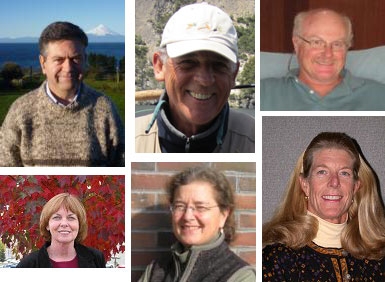
Hearden spoke to Bill Frost, associate vice president of the UC Division of Agriculture and Natural Resources. Going back to 2011, 33 advisors and 17 specialists have retired, he said. During the same period, the division has hired 35 advisors and 18 specialists and, in many cases, the outgoing experts are training their proteges.
“What we're trying to do is hire new people so they can interact with folks before they retire and transfer some of that knowledge,” Frost said. “The trade off for us is we're losing a lot of institutional memory and a lot of expertise … but we're getting young, talented people with lots of energy and new ideas coming forward.”
The story said that Eric Mussen, a retiring apiculturist who has served as the bee industry's go-to expert over the past 38 years, has been working with his replacement, Elina Niño, who comes from North Carolina State University.
“She's a very, very competent research scientist,” Mussen said.
For more on the 2014 San Joaquin and Sacramento valley retirees, see the division's news release.
In other news ...
A report on the Business Recorder website noted that two UC scientists spoke at a communications skills conference arranged by the University of Agriculture in Faisalabad, Pakistan. Louise Ferguson, UC Cooperative Extension pomologist in the Department of Plant Sciences at UC Davis, and Mark Bell, director of the College of Agricultural and Environmental Sciences at UC Davis, said the lack of communication skills is a major constraint to development.
Ferguson stressed the importance of hiring teachers who are be well versed and clear about the knowledge in order to engage students. She urged agricultural students to develop marketing skills because they have to motivate the farming community to adopt the latest agricultural methods.